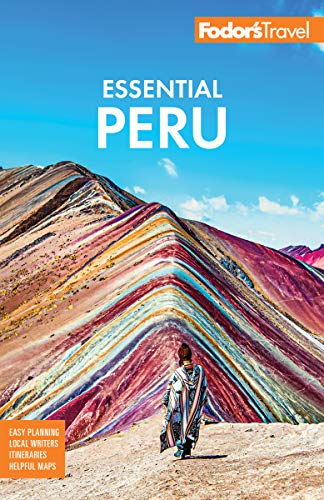The inland port city of Puerto Maldonado lies at the confluence of the Madre de Dios and Tambopata rivers. The capital of the department of Madre de Dios, it is a rough-and-tumble town with 60,000 people and nary a four-wheeled vehicle in sight; rather, it has hundreds of motorized two- and three-wheeled motorbikes jockeying for position on its few paved streets.
The city is named for two explorers who ventured into the region 300 years apart: Spanish conquistador Juan Álvarez de Maldonado passed through in 1566; Peruvian explorer Faustino Maldonado explored the still-wild area in the 1860s, never completing his expedition (he drowned in the Madeira River). Rubber barons founded this youngster of Peruvian cities in 1912, and its history has been a boom-or-bust roller-coaster ride ever since. The collapse of the rubber industry in the 1930s gave way to decades of dormancy that were ended by the discovery of gold in the 1970s and the opening of an airport 10 years later. High prices for gold and steady improvements to the road there—part of a "highway" connecting Peru with Brazil—have brought an influx of settlers in recent years, which has been a scourge for the region's forests and indigenous peoples.
Nevertheless, Puerto Maldonado bills itself as the "Biodiversity Capital of the World," because it is the jumping-off point for visiting the Tambopata National Reserve and surrounding rainforest. Few travelers spend any time in the city, heading from the airport directly to docks, where they board boats to their respective jungle lodges. Still, Puerto Maldonado has one decent hotel and can be used as a base for day-trips. And this is the only place to use an ATM or visit a pharmacy.




